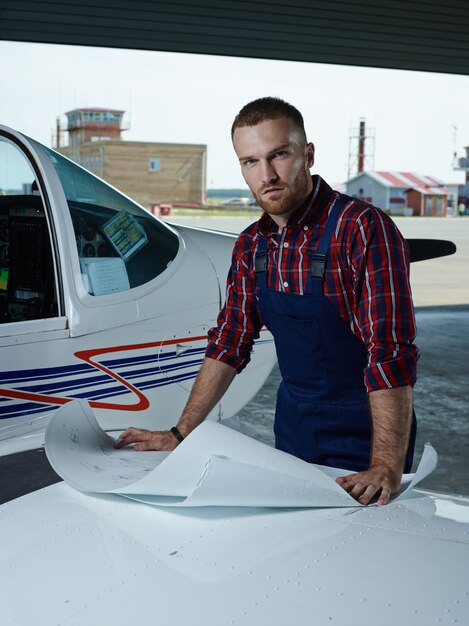A Guide to Scale and Sizes in Aircraft Modeling
For hobbyists and builders, grasping the scales and sizes of model airplanes is vital for choosing projects that match both your interests and available display space. Whether you’re a beginner or a seasoned modeler eager to explore new scales, this guide will help you navigate the intricate world of aircraft modeling dimensions.
Understanding Model Airplane Scales
The scale of a model airplane indicates the size ratio compared to the actual aircraft. This ratio impacts not only the model’s dimensions but also the extent of detail that can be realistically incorporated.
Common Scales Explained
- 1:72 Scale: This scale is popular among historical military modelers because it strikes a balance between size and detail, allowing for a decent representation of the aircraft without requiring an immense amount of space.
- 1:48 Scale: Offering more detail than 1:72, this scale is a favorite for those who have a bit more room to display their models. It’s particularly popular for World War II aircraft where the additional size allows for more intricate detailing.
- 1:32 Scale: Known for its impressive detail, this larger scale is ideal for showcasing the intricacies of aircraft designs. It’s perfect for those who want to delve deep into the fine aspects of modeling, such as cockpit detailing and full engine representations.
Tip: Choose a scale that not only fits your display area but also matches the level of detail you are comfortable working with.
Deciding on a Model Size
The size of the model is inherently linked to its scale. A larger scale typically means a larger model, but the actual size also depends on the size of the original aircraft. A 1:32 scale model of a fighter jet might occupy less space than a 1:48 scale model of a large bomber.
Factors to Consider
- Display Space: Assess the amount of room you have for displaying your models. Larger scales or models of large aircraft require more space.
- Handling and Storage: Larger models can be more cumbersome to move and store. If you frequently transport your models, consider smaller scales.
Scale Impact on Detailing
The scale of your model directly influences how much detail can realistically be included. Larger scales allow for greater detailing, which can be a rewarding challenge for experienced modelers.
Enhancing Your Model
- Aftermarket Kits: These kits can be used to enhance detail on smaller scale models, making them appear more intricate without the bulk of a larger scale.
- Custom Detailing: Adding your own details, such as custom decals or scratch-built components, can make even smaller scale models stand out.
Choosing the Right Scale for Competitions
If you’re involved in model airplane competitions, the scale can play a significant role in your success. Judges often look for accuracy and detail, which can be easier to achieve with larger scales.
Tips for Competition Modeling
- Focus on Precision: Ensure that every aspect of your model is accurate to the scale you are building.
- Presentation Matters: How you display your model can impact your results in competitions. Consider the base and backdrop for your model to enhance its appearance.
Conclusion
The scale and size of model airplanes play a crucial role in both the building process and the final display. Larger scale models, such as 1:24 or 1:32, offer the opportunity for greater detail, allowing for intricate features like cockpit instruments and engine components. This makes the construction process more engaging and rewarding for those who appreciate precision and realism. Conversely, smaller scales like 1:72 or 1:144 are more convenient, leading to quicker builds and requiring less display space, making them perfect for those with limited room or a preference for swift projects. By considering these factors, you can make informed decisions for your modeling endeavors, ensuring that your completed model not only fits your available space but also aligns with your interest in detail and complexity.
Keep an eye for more news & updates on Ny Heading!






